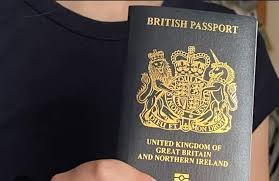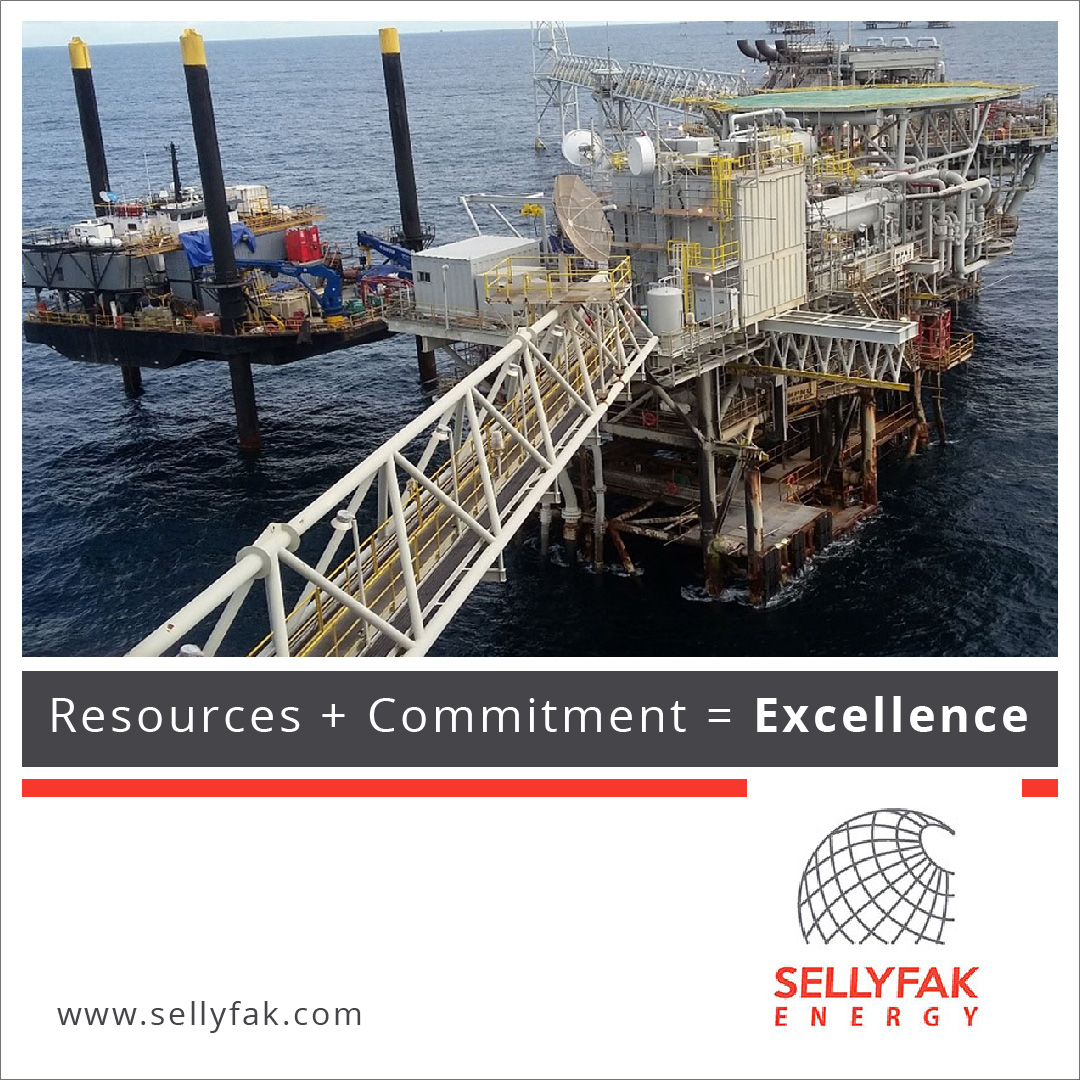The UK Home Office has proposed a new contribution-based model that will reward high earners, key public servants and top international talent with faster routes to permanent residency.
Under the proposed rules, migrants earning more than £125,000 ($163,000) a year will be able to apply for permanent settlement after just three years in the country. The same fast-track timeline will apply to entrepreneurs and the “brightest and best” who are judged to be driving economic growth.
The reform described as the most significant shake-up of the system in fifty years is intended to favour those who “contribute positively and follow the rules”.
The Home Secretary has previously said that settlement should be conditional on being in work, having a clean criminal record, speaking English to a high standard, and not claiming benefits.
Current vs new system
At present, most migrants on economic routes such as those on Skilled Worker visas, as well as many on family and humanitarian routes can apply for settlement after 5 years, usually with relatively limited extra conditions. To go on to British citizenship, they must pass the Life in the UK test and pay additional fees.
Earlier this year, however, the government signalled a tougher stance, announcing plans to double the standard qualifying period for permanent settlement to 10 years, with shorter routes reserved for those making a “strong contribution” to British life.
The latest proposals flesh out how that contribution-based model would work in practice:
- High earners (£125,000+) and qualifying entrepreneurs:
– Eligible to apply for settlement after 3 years. - Middle–high earners (above £50,000 but below £125,000):
– Would typically need to wait 5 years, similar to many existing Skilled Worker routes. - Doctors and nurses in the NHS:
– Will have a 5-year path to settlement, reflecting their vital role in public services. - Lower-paid workers, including many in health and social care:
– A 15-year baseline would apply for settlement.
– This includes the 616,000 people and their dependants who came on health and social care visas between 2022 and 2024, a route that has since been closed amid concerns over abuse. - Illegal migrants and visa overstayers:
– Could face up to 30 years before being able to settle, effectively removing the prospect of relatively quick regularisation through long residence.
Who will be affected
The government estimates that, under the old rules, around 1.6 million migrants would have become eligible for settlement by 2030. Under the new model, nearly 2 million people who arrived from 2021 onwards could see their settlement timelines recalibrated with some shortened, and others extended depending on income level, occupation and compliance with immigration and criminal law.

